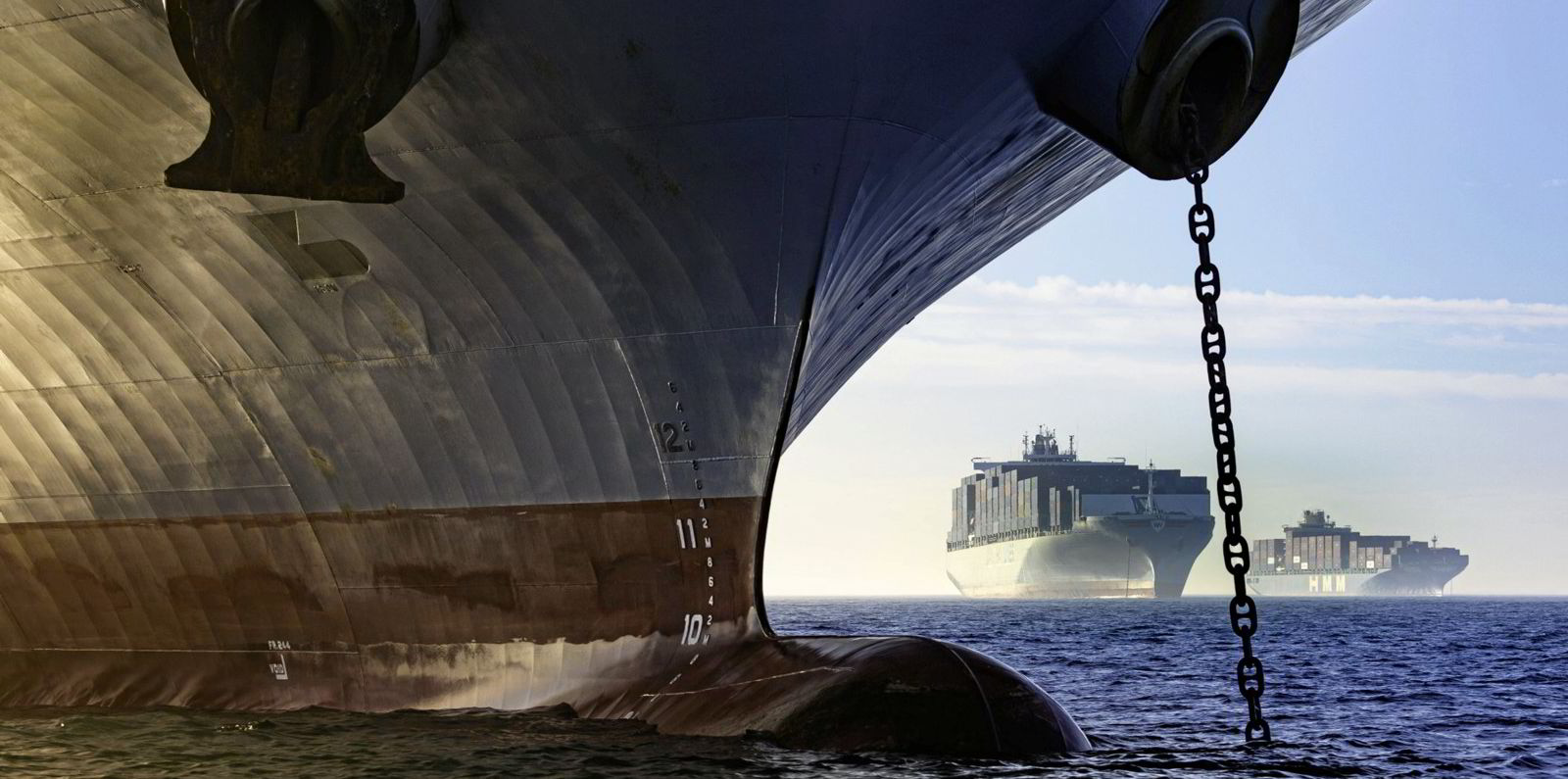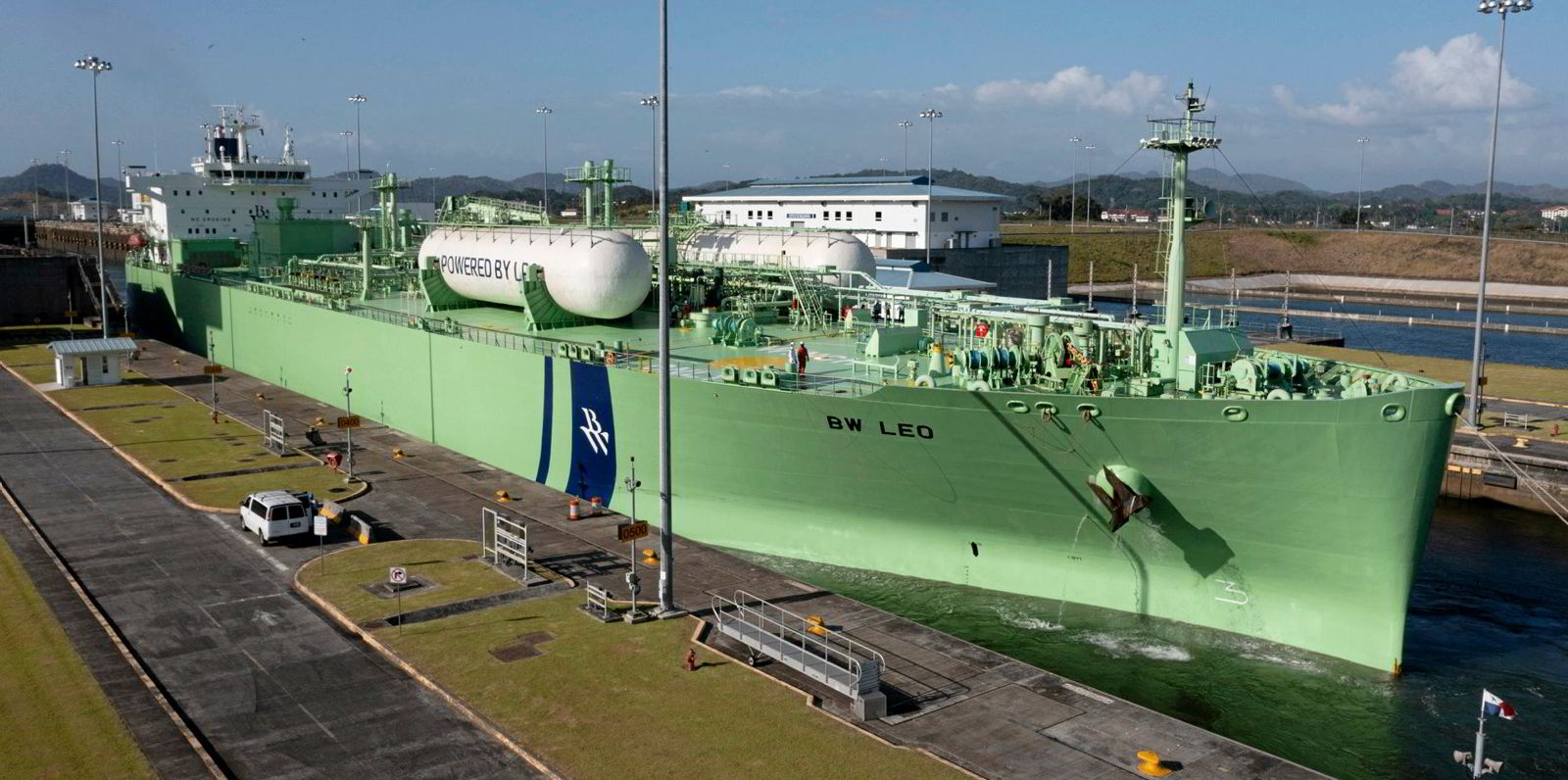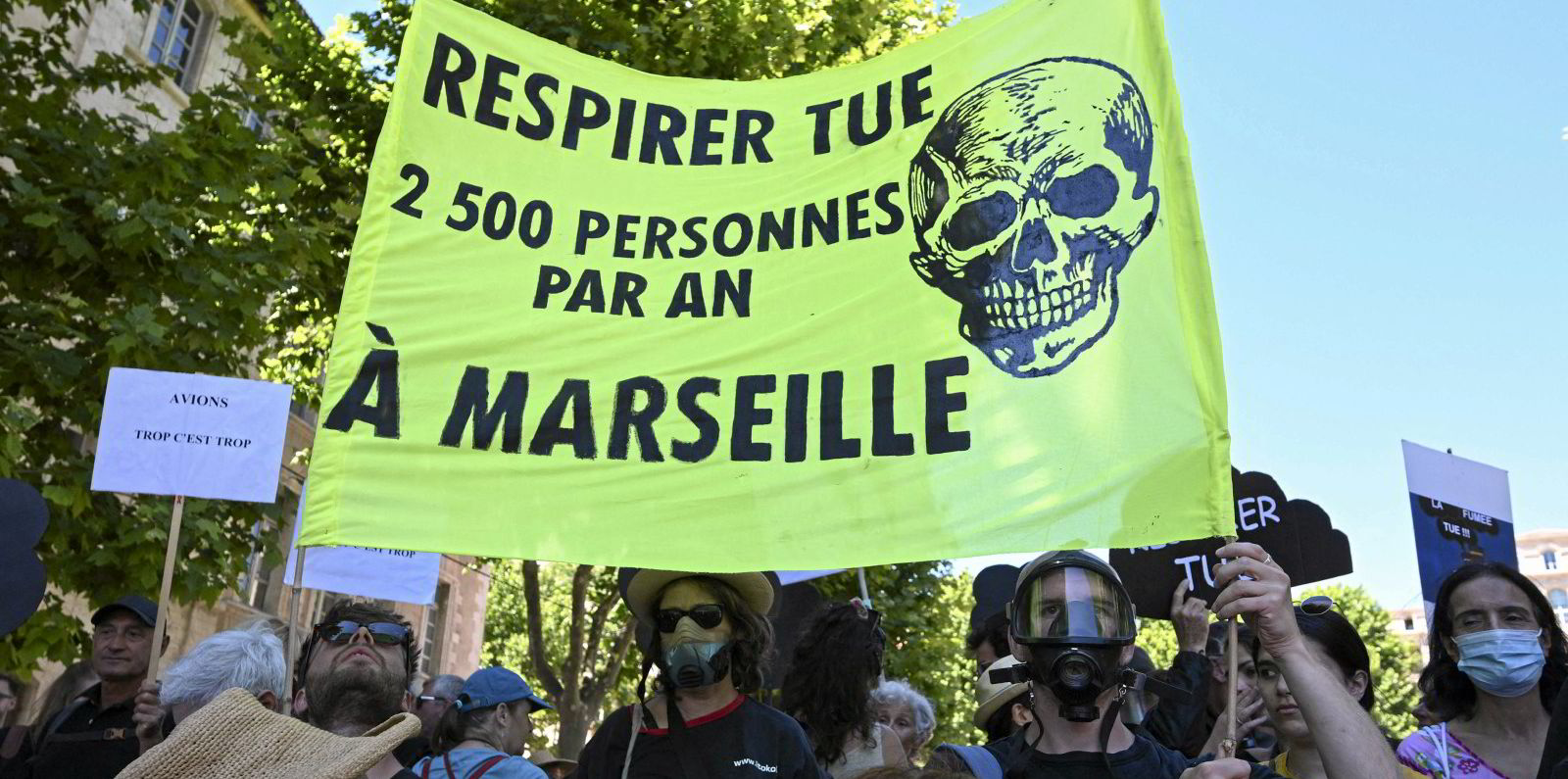BW LPG, the world’s leading owner and operator of LPG carriers, is one of a growing number of shipowners using just-in-time arrivals to help meet their Carbon Intensity Indicator requirements.
The benefits are clear; a 2018 study by class society DNV GL found that a ship spends 37%-54% of its time — and 15% of its fuel — in berth or at anchor.
Analysis of global AIS data by MarineTraffic shows that vessels, on average and depending on the ship type, spend up to 9% of their time waiting at an anchorage. The average for LPG carriers is just over 7%.
Just-in-time arrivals allow ships to optimise speed during their voyage to arrive in port when berth, fairway and nautical services are available.
“It is an important tool that can contribute to a ship attaining its required CII rating,” says the Port of Rotterdam. “Just-in-time can be taken up, together with other operational measures, in the enhanced Ship Energy Efficiency Management Plan, which will play a central role in the implementation of IMO’s recent energy efficiency measures.”
Congestion has added to the times ship will sit idle in ports, having burnt extra fuel to arrive earlier than needed.
Average waiting times for container ships along the US West Coast climbed steadily from just over an hour in February 2020 to 111 hours in February 2021, then to a peak of 146 hours in October 2021, according to VesselsValue. The problem led to lines diverting services to the US East Coast.
It has affected bulkers too. Average waiting times at Rotterdam over the seven weeks from May 9 to June 29 jumped from 48 hours to 186 hours.
Singapore’s Maritime & Port Authority is developing a just-in-time service to facilitate optimal ship arrival and departures that will minimise waiting times. It is looking to work with other ports, shippers and carriers to create a connected system across the entire maritime chain.
The idea of data collaboration has been taken up by the International Association of Ports & Harbours, which has collaborated with the International Maritime Organization to create a just-in-time arrival guide.

Pontus Berg, executive vice president of technical & operations at Singapore’s BW LPG, says optimising vessel speeds to arrive at ports for cargo operations can provide significant savings of fuel and reduction of carbon dioxide emissions and has the most impact on CII value.
However, for the longer term, the owner’s primary strategy to manage CII requirements is to focus on LPG dual-fuel propulsion technology that can make its ships about 10% more efficient in fuel usage per tonne and produces 120kg less CO2 versus one tonne of heavy fuel oil.
Voyage optimisation initiatives are another important way it will manage CII requirements.
“We ensure optimal hull efficiency and performance with regular hull cleaning and propeller polishing, and make sure voyages are weather routed to optimise fuel consumption,” Berg tells TW+. “We are of the view that such operational practices are more impactful than other currently available energy efficiency technologies.”
Berg says just-in-time arrivals are better understood in the context of a commercial transaction.
“On laden voyages, a virtual arrival clause allows charterers to request for adjustments to vessel’s speed to arrive at a load or discharge port at an agreed date and time,” he explains.
“Typically, charterers are the first to be notified of possible delays at port. The cargo receiver or charterer can then, if such a clause is incorporated, suggest that parties agree to a virtual arrival for the voyage.

“Under the widely used BP Virtual Arrival clause, the owner is kept whole on time, but bunker savings are shared.”
Gibson Shipbrokers said in a recent research report that implementation of CII requirements could distort trading patterns and lead some vessels to emit more CO2 than they would have previously.
Berg believes that efforts to ensure just-in-time arrivals will remain high, to save fuel and reduce emissions.
“Bimco and Intertanko are preparing fundamental CII clauses to engage charterers, and we believe that more changes to charterparties will appear some time in 2024 and 2025, when global tanker fleets have to manage actual CII performances,” he says.
“We are of the view that it will be challenging to place non-eco vessels on long-haul voyages to comply with CII requirements.
“Vessels on reduced speed cannot re-route to avoid poor weather and cannot have unplanned delays, as they will then be unable to meet fixture dates. These considerations are very much part of long-haul shipping commitments, and none are compensated for in CII calculations.”
Berg says a younger fleet has more efficient engines and hull design, therefore its vessels meet the requirements for A to C levels more easily.
In terms of reductions in fuel consumption and CO2 emissions, he says it is difficult to generalise, because requests for virtual arrival come at varied stages of laden passages.

“On typical ballast passages on long transoceanic routes, just-in-time arrivals are being practised by our operators to ensure vessels time their arrival basis, canal transit bookings and in turn, forward fixture laycans.”
Berg says that on a single ballast passage from South Korea to Houston via the Panama Canal, it can typically save about 200 tonnes of fuel.
While saving time and bunkers remain key benefits of just-in-time arrivals, the concept does have drawbacks.
“With just-in-time arrivals, we increase vessel availability and reduce bunker use, which means fuel savings and reduced emissions,” says Berg. “On the flip side, traditionally, ship managers and shipowners utilise waiting times to perform engine maintenance and routine surveys, whilst benefiting from demurrage earnings. Such opportunities for maintenance may reduce in a just-in-time context.”
In addition, trading uncertainties are said to make just-in-time planning challenging, and many ports are crowded with unpredictable waiting times. These are due to factors that are difficult to control, such as market volatility and port infrastructure limitations, according to Berg.
The Energy Efficiency Existing Ship Index applies technical standards to cut carbon dioxide emissions by ships from 1 January 2023 based on the Energy Efficiency Design Index adopted by the IMO for newbuildings in 2020.
The Carbon Intensity Indicator (CII) will regulate existing ships above 5,000 gt from an operational perspective. It is worked out by taking a ship’s annual emissions from fuel used and dividing that by its capacity (deadweight or gross tonnage), multiplied by annual distance travelled in nautical miles.
The CII will be implemented via a new Part III of the Ship Energy Efficiency Management Plan (SEEMP) containing targets and an implementation plan that details measures to be applied.
From 2024, CII ratings will be assigned for the previous year ranging from the highest A to lowest C pass grades, while D and E results may be considered non-compliant.
Operators of ships rated D for three consecutive years or E for a single year will have to develop an approved plan of corrective actions to bring a vessel into compliance by the end of the next year.
The CII is based on 5% reduction in carbon intensity in 2023 relative to a 2019 base level. Its requirements will get stricter by 2% per year until 2026. The IMO has yet to decide on further levels.




